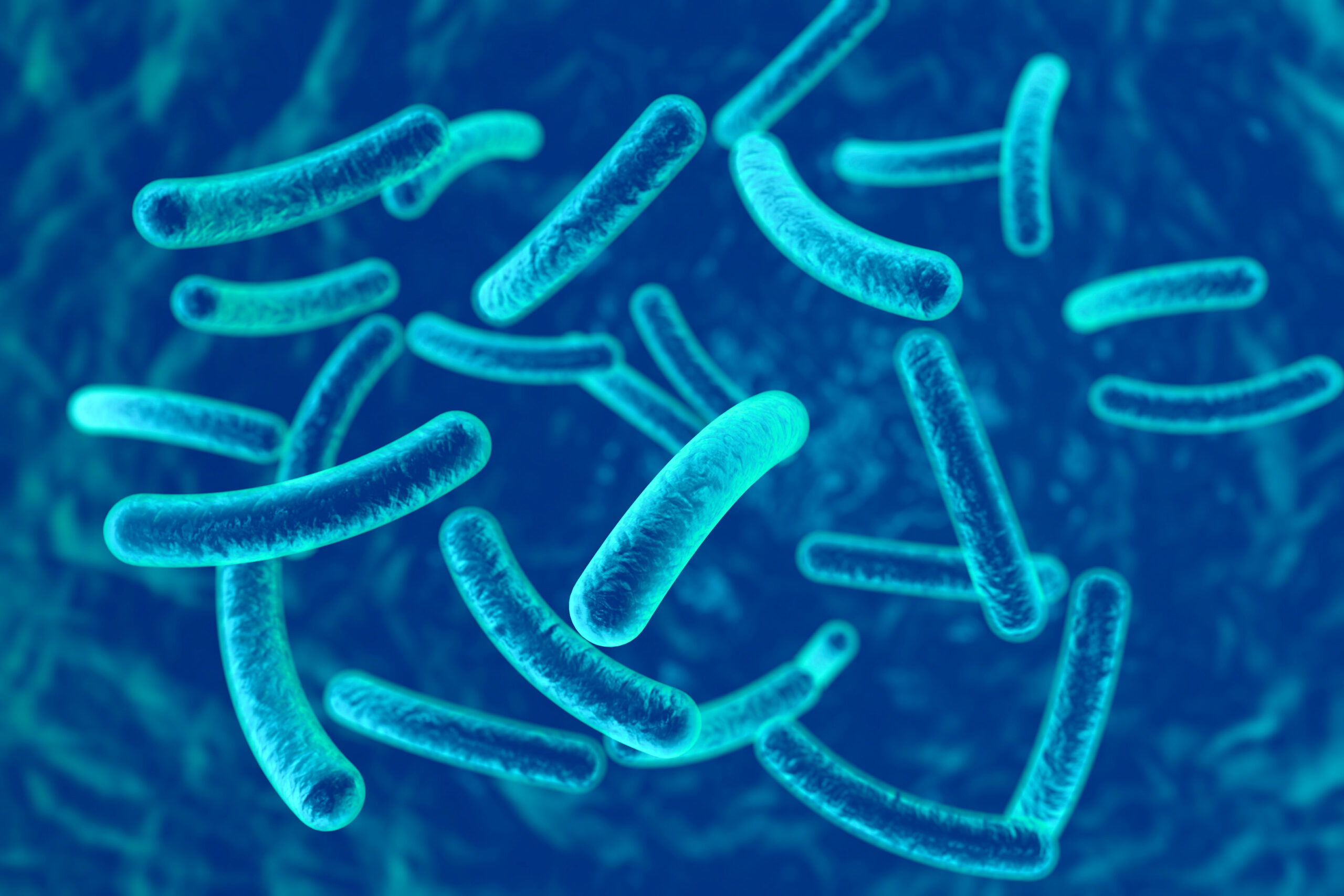Tuberculosis ranks as the 13th leading cause of death in the world with 1.6 million people who died from tuberculosis infection in 2021. Tuberculosis (TB) occurs when the bacteria Mycobacterium tuberculosis infects the body and attacks the lungs, causing coughing, chest pain, fever, chills, and fatigue. There are two types of TB: active and latent. Active TB patients experience contagious infection symptoms, while latent TB patients usually display no symptoms because the bacteria is inactive, but they can later become active without immediate treatment. TB infection can be fatal when more severe symptoms appear, including possible inflammation of the membranes in the brain, damage to kidneys or the liver, and fluid buildup in tissues. Individuals who have weakened immune systems, are infected with HIV, or are malnourished are most at risk for tuberculosis.
The treatment for TB includes taking antimicrobial drugs, but drug-resistant strains of TB may result if the drugs are not used as instructed by medical providers, and resistance to common drugs such as isoniazid and rifampin has allowed TB to remain contagious after symptoms may seem to cease. The World Health Organization records that there was a 4.5% increase in TB cases in 2021 compared to 2020, and of the total TB cases, 450,000 reports included drug-resistant TB infection, which is 3% greater in 2021 than in the previous year. Some patients may begin to feel better and stop taking their antibiotics, but failure to complete the TB treatment course may cause resistant bacteria when the symptoms return because some bacteria from the initial infection remain. The infection then becomes harder to treat and drug-resistant infections become more widespread.
Chest x-ray image of the lung.
Image Source: Ksass
Another reason for the increase in reported TB cases results from shifts in medical focus to the COVID-19 pandemic in 2020, leading to poor monitoring of the diagnosis of TB and the increase in the spread of TB. With concerns from the pandemic, many individuals may have decided not to go to the hospital for treatment of TB out of fear of catching COVID-19 or the cost that came with seeking treatment. From 2019 to 2020, the WHO states that reports of newly infected individuals dropped from 7 million to 5.8 million resulting from decreased doctor visits.
Solutions to this increase in TB infection include seeking immediate testing and treatment and developing affordable treatment. When individuals experience symptoms related to TB, they first must get tested for TB and then seek immediate treatment if needed. The current number of people seeking treatment for TB is low with only 1 in 3 people infected with drug-resistant TB getting treatment. Additionally, the average cost of treatment including the drug and hospitalization ranges from $463 to $783 and beyond depending on the level of drug resistance. It is essential to be aware of TB symptoms to know when to get tested, properly use antibiotics following treatment course specifics, and continue the research on new antibiotics that are effective against resistant bacteria and affordable.
Featured Image Source: Maryna Olyak










